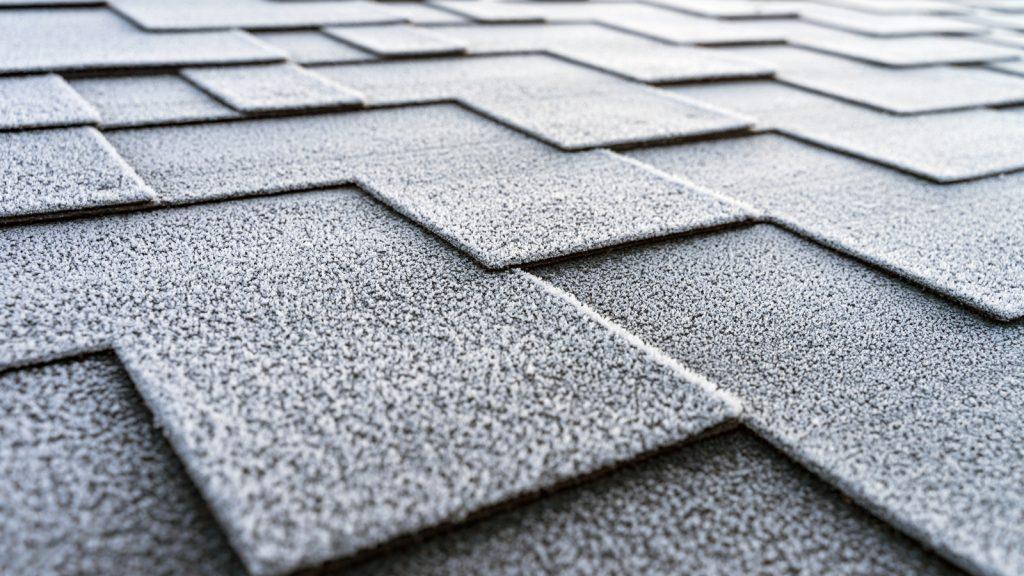Asphalt shingle roofs are one of the most common and popular roofing options for residential properties. They offer a cost-effective and visually appealing solution for homeowners. However, like all roofing materials, asphalt shingle roofs have a limited lifespan. Understanding the typical life of an asphalt shingle roof and the factors that affect its durability and replacement can help homeowners make informed decisions about their roofing needs.

Understanding the Lifespan of Asphalt Shingle Roofs
Asphalt shingle roofs have a typical lifespan that can vary depending on several factors. On average, a well-maintained asphalt shingle roof can last between 20 to 30 years. However, some factors may extend or shorten the roof’s lifespan.
Factors Affecting the Durability of Asphalt Shingle Roofs
Several factors play a role in determining the durability and lifespan of an asphalt shingle roof:
- Quality of Materials: The quality of the asphalt shingles used for the installation significantly impacts the roof’s lifespan. Higher-quality shingles are more durable and have better resistance to weathering and damage.
- Installation: Proper installation is crucial for the longevity of an asphalt shingle roof. Improper installation can lead to premature damage and reduce the roof’s overall lifespan.
- Climate and Weather Conditions: The climate in the area where the property is located plays a significant role in the roof’s durability. Exposure to extreme weather conditions, such as high temperatures, heavy rains, hail, and snow, can cause wear and tear on the shingles.
- Roof Ventilation: Adequate roof ventilation is essential to prevent moisture buildup and heat retention, which can lead to premature deterioration of the shingles.
- Maintenance and Upkeep: Regular maintenance and timely repairs can extend the life of an asphalt shingle roof. Neglecting maintenance can lead to minor issues escalating into significant problems, shortening the roof’s lifespan.
Signs of an Aging Asphalt Shingle Roof
As an asphalt shingle roof approaches the end of its life, it will exhibit certain signs of aging:
- Curling Shingles: Shingles that are starting to curl at the edges or corners indicate that the roof is reaching the end of its lifespan.
- Missing or Damaged Shingles: Missing or damaged shingles can compromise the roof’s integrity and are a sign that replacement may be necessary.
- Granule Loss: Granules on the surface of the shingles protect them from the sun’s UV rays. Granule loss can lead to accelerated deterioration of the shingles.
- Algae or Moss Growth: The presence of algae or moss on the roof may indicate excess moisture and could be a sign of potential problems.
- Roof Leaks: Persistent roof leaks are a clear indication that the roof is in need of repair or replacement.
Replacement Options for Aging Asphalt Shingle Roofs
When an asphalt shingle roof reaches the end of its typical life, homeowners have several replacement options:
- Re-roofing: Re-roofing involves adding a new layer of shingles over the existing ones. This option is more cost-effective than a complete tear-off and replacement.
- Complete Tear-Off and Replacement: In this option, the old shingles are removed, and a new roof is installed from scratch. This allows for a thorough inspection of the roof deck and any necessary repairs.
- Roofing Material Upgrades: Homeowners may also consider upgrading to a more durable and long-lasting roofing material, such as metal or slate, to extend the roof’s lifespan significantly.
Conclusion
Understanding the typical life of an asphalt shingle roof and the factors affecting its durability is essential for homeowners to plan for roof maintenance, repairs, and eventual replacement. Regular maintenance, quality materials, proper installation, and timely repairs can extend the life of an asphalt shingle roof, ensuring that it provides reliable protection for your home for many years. When the time comes for replacement, homeowners have various options to choose from, allowing them to make a decision that suits their budget and preferences.



Leave a Reply